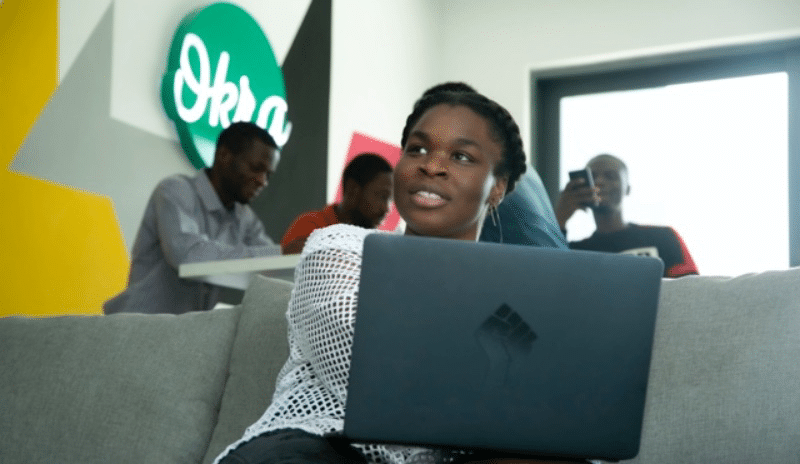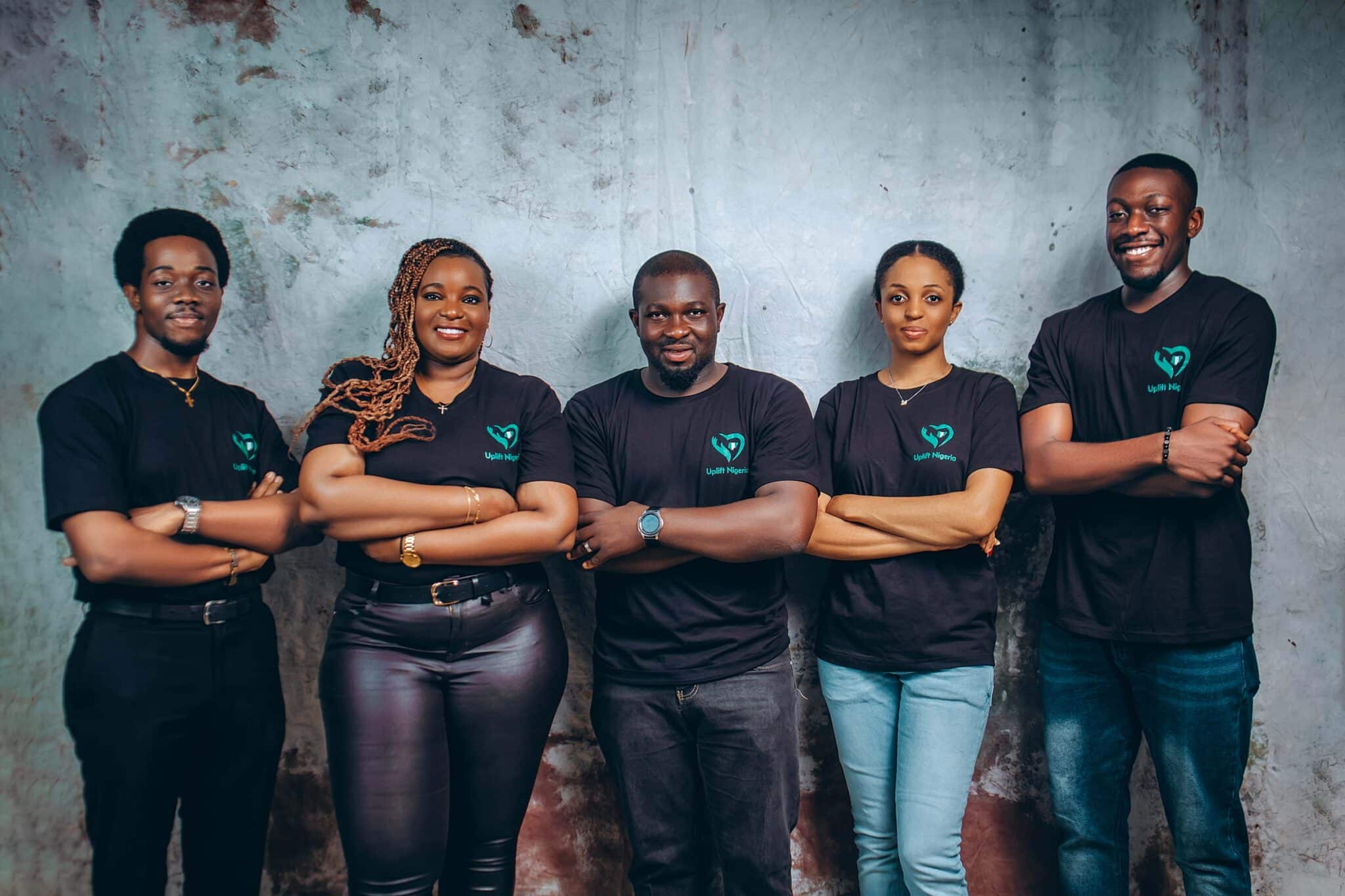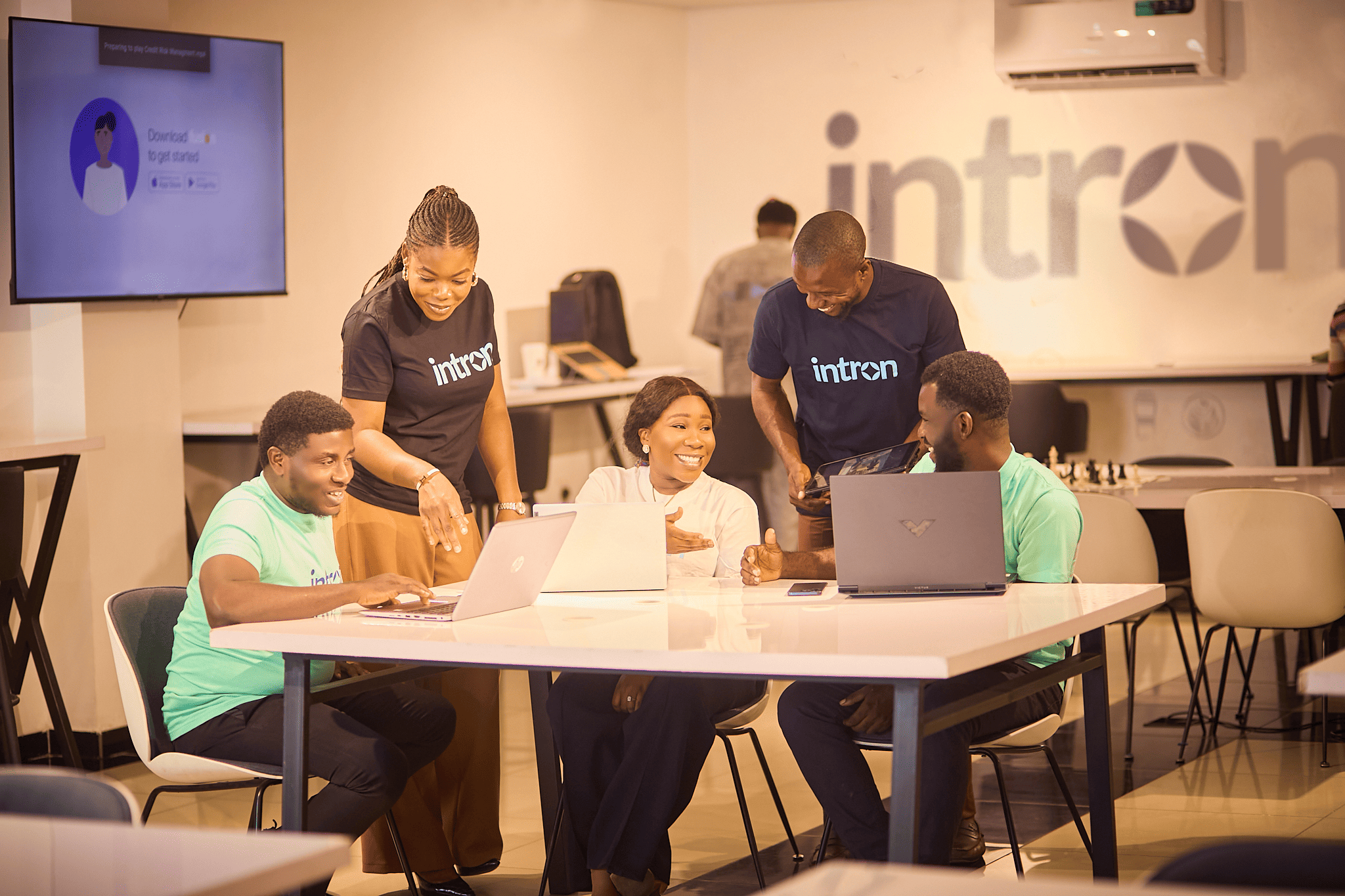Startups had a great 2021. Venture capitalists were writing checks at a rate that had rarely been seen. The result: $634 billion raised by 37,669 startups.
After this high, 2022 appeared to bring some sort of reckoning. Many startups that might have easily closed rounds in the previous year struggled to generate investor interest. Term sheets were repeatedly pulled, and simply slapping blockchain, fintech, or Web3 raised more eyebrows than interest.
That has continued into 2023, and a look at the home page of startup-focused publications shows the irregularity of funding announcements.
Despite the reluctance of many venture capitalists to open their wallets, startups still need capital to fund their operations.
While speaking to masterclass participants at the just concluded Lagos Startup Expo hosted by Techpoint Africa, Olu Oyinsan, Managing Partner at Oui Capital, explained that founders who can prove the viability of their target markets significantly boost their chances of raising capital.
When evaluating investments, venture capitalists look at various factors, including the team or founder, the business model, and the target market. However, all these factors are frequently viewed through the market’s lens.
For example, a great business model in the wrong market is almost certain to fail. Similarly, passionate founders with no experience or understanding of the target market are red flags for investors.
While many founders understand the value VCs place on market size, few know how to show it in a way that gets VCs interested.
A common mistake many make is to use the number of potential customers to show how large the market is, but Oyinsan faulted that methodology.
“You need to be able to figure out your market size, and you need to be able to communicate that. Market size is denominated in US dollars or Naira. It’s denominated in money.”
He pointed out that simply putting the number of potential customers in the target market is not enough because not all the people in the target market would be willing to pay for a startup’s product even if they needed it. Factors like affordability and where it ranks relative to other needs affect a startup’s ability to acquire customers.
Understanding market sizing
The first thing many prospective founders think of when determining market size is the population of the region they intend to target. While it provides a headstart for the process, it does not present the full picture.
They also have to think about which segment of the population needs their product, what portion of the market segment can afford to pay for it, and how much of the market they can realistically capture.
In addition, it has to consider the presence of competitors, their market share, and the potential of gaining a significant market share. Despite not being a comprehensive market assessment, a startup that goes through these processes will find that they arrive at a more realistic view of the market.
Imagine you’re building an online fitness startup for Nigerians. We can technically say that the market for your product is the over 100 million adults in the country, but is that really the case?
Let’s explore the size of your market using the factors we previously outlined. First, we need to create an ideal customer persona. In this case, your ideal customer could have a 9-5 that keeps them seated for long hours. However, they are health-conscious and want to stay fit. They should also be digitally savvy and willing to use virtual fitness tutorials. Another customer could be self-employed and equally digitally savvy.
When we consider these factors, we would discover that the number of customers we could reach now drops to include only those who have a smartphone. By the time we consider those who can afford to pay a subscription fee for the product, we will have fewer people than we started with.
Sources of market information
There are many resources that can be used to gauge the market size of a business. Many countries have agencies dedicated to curating data that founders can use. The National Bureau of Statistics, for instance, is a valuable resource for anyone building solutions for the Nigerian market.
However, government agencies are not the only sources of this information. Trade associations often have data for their industry, while industry publications and the media could also have data. Industry or academic research might be another source of information. It’s common for African founders or those building in early markets to struggle to get data about their industry, but this challenge can be overcome by looking for related data. For example, getting the number of cars sold in a country may be difficult, but you can use the number of car registrations instead.
TAM, SAM, and SOM
If you’ve seen a few pitch decks, you’ve probably come across the acronyms TAM, SAM, and SOM. We’ll explain what they mean, as they are required information when doing market research.
TAM
TAM is simply the total addressable market and refers to all the customers that could need your product. Using our case study, the TAM for an online fitness startup in Nigeria is about 100 million.
Our product can only be accessed through an app, so with approximately 40 million smartphones in the country, our TAM drops. Assuming we charge $60 a year for a subscription, the TAM for our product is $2.4 billion.
SAM
SAM stands for serviceable addressable market and refers to the portion of the market that a startup can capture. Still using our case study, if our startup targets women, our SAM would shrink further. We’ll go with 15 million people, as women are less likely to own smartphones compared to men. Using the same price point, our SAM will now be $900 million.
SOM
The serviceable obtainable market (SOM) is a subset of the SAM and refers to the portion of the SAM that a startup can realistically capture given their resources. Since we’re a new startup with limited funding and a handful of free fitness apps on the Google Play Store, it is safe to put our SOM at 1.5 million people, or 10% of our SAM. This means our SOM is now $90 million.
All three market categories can be calculated in terms of population and revenue, but always go with revenue. It gives better context about a market’s potential.
Why market sizing matters in venture capital
Not every business can or should take venture capital. Market size is often the difference between a venture-backable business and one VCs will pass on.
You probably know this, but venture capital is predicated on the investors getting outsized returns (think 10x), and they can’t get those returns if your entire market is too small.
Your market size matters not just to potential investors, but also to you. When you know it, you can estimate the revenues that can be derived from that market. It also enables you to understand how much of the market you can capture.
Depending on when you get into the market, you may find that there is one major player who owns most of the market share. Usually, they would also be well capitalised and taking them on may be a fool’s errand, but without having information on your market size, you won’t know this.
Knowing your market size also helps founders know what to build or prioritise what to build. For example, while a significant portion of the African population is financially excluded, most of them do not have smartphones. As a result, building a solution that can only be accessed via a smartphone will yield limited results, and some African fintechs are using that information to design their products.
Two examples of this are M-Pesa and South Africa’s TymeBank. Knowing that most Kenyans used feature phones, Safaricom built M-Pesa to enable users to send and receive money with feature phones. TymeBank, on the other hand, uses a hybrid model for acquiring and serving customers. The result is seven million customers in a little over four years.
While raising venture capital may be harder than it was in previous years, founders building solid businesses can still get funded. By demonstrating a clear understanding of the market you’re building for, a founder can prove its viability to investors.










